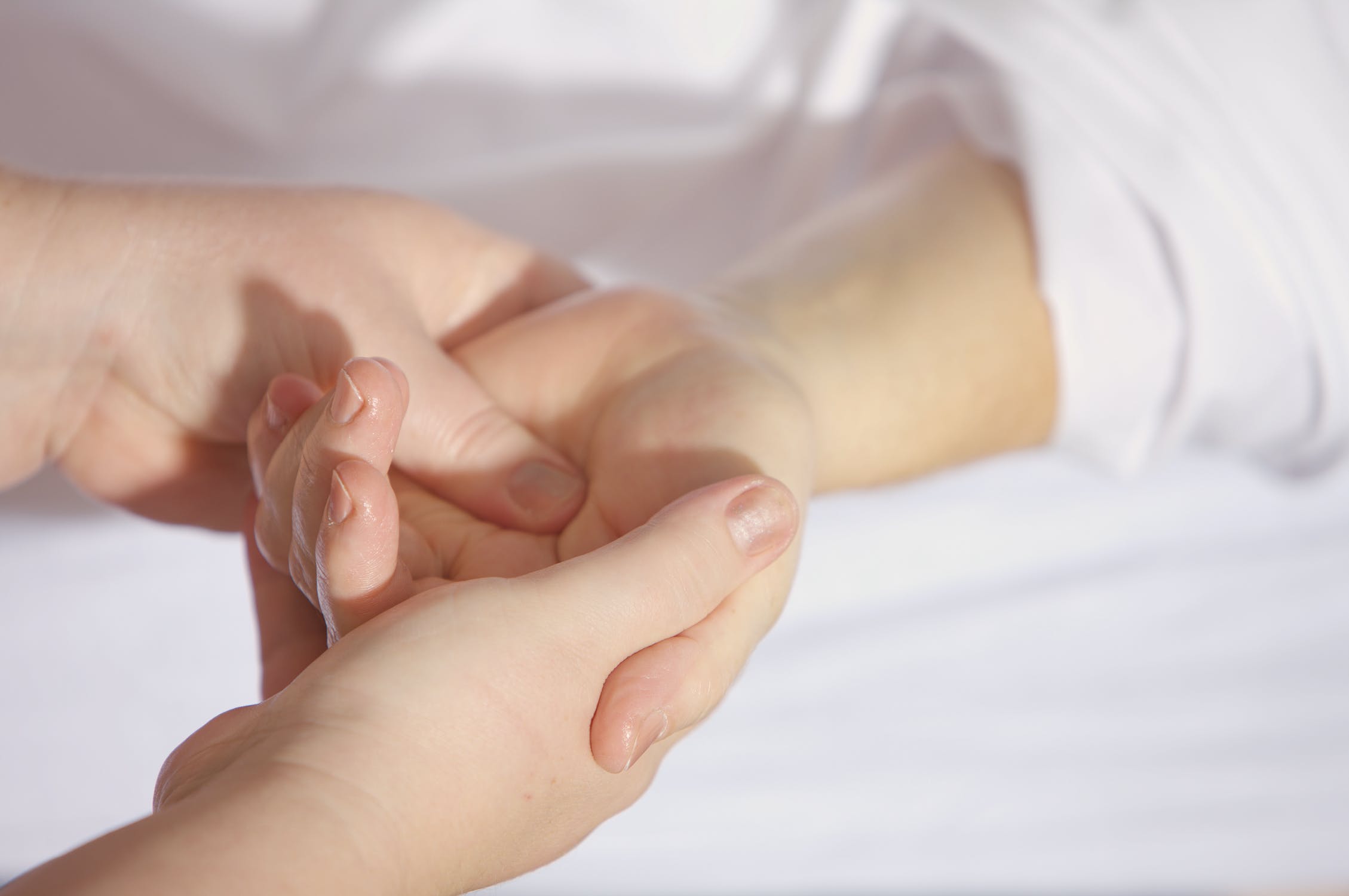You must have heard about the intimacy of a mother’s touch. Babies need physical contact to feel secure and connected to their mothers. But are you aware of the pediatric massage?
As the name suggests, it is a certified course that relieves babies. Since it is science based, this course is an excellent skill for new mothers and caregivers.
Massaging your baby is a beautiful way to bond with them and spend quality time with them. Find out if and how infant massage can help your child’s development.
What are the advantages of massaging an infant?
Many studies have shown that infant massage can have a variety of health advantages. Infant massage, for example, provides opportunities to:
- interact with your infant whenever possible.
- help your child get a good night’s sleep.
- positively impact the stress-regulating hormones in infants
- reduce yelping
However, some studies have shown that baby massage with light kneading action can help premature babies grow.
Also Read: BEST ONLINE DOCTOR CONSULTATION SERVICES FOR 2021
It’s time to give your baby some TLC.
If you try to massage your baby within 45 minutes of the last feeding, you run the risk of making them vomit. Keep an eye on your baby’s verbal and non-verbal cues as well. If your baby appears calm and relaxed, a massage could be in order. On the other hand, a massage may not be the best choice if your baby turns away from you or becomes visibly uncomfortable.
Massage frequency depends on you. For example, you could try massaging your newborn daily. On the other hand, a nighttime massage could be a part of your child’s bedtime routine.
What are the proper techniques for massaging a baby?
Preparation and fundamental techniques are all that is required for successful infant massage. Some basic instructions to get started:
- Establish a serene ambiance. Do the massage in a warm, quiet location. Remove all of your jewelry before you begin. A blanket or towel should be placed in front of you, and your baby should be propped up against it. Maintain eye contact with your baby by placing them on their back. Massage time is about to begin as you remove your baby’s clothes.
- Keep your fingers under control. When massaging your baby for the first time, use a light touch. It’s best to avoid tickling your baby if you don’t want to aggravate him. Use a firmer touch on your baby as they mature.
- Take your time as you massage your baby’s body in a circular motion. To begin, lay your baby on their stomach and rub their upper body, going down to the extremities for one minute at a time. As a final step, place your baby on their back and spend one minute stretching and flexing each of your baby’s arms and then both of their legs at once. Repeat the circular rubbing motions for another five minutes.
- Keep focused but relaxed. Talk to your baby during the massage. You could sing or tell a story. Aim to relax your baby by saying their name and saying comforting phrases like positive affirmations.
- Keep an eye on how your infant reacts. You can continue massaging your baby if they wiggle their arms and appears to be content. Stop the massage if your baby turns their head away from you or appears agitated or dissatisfied.
Infant massage can be challenging to master the first few times you try it with your child. You might need guidance from a pediatric massage center to provide you with the correct techniques. Wait for the right moment calmly. With patience and practice, infant massage can be an effective way for you and your baby to unwind and develop a closer relationship.
